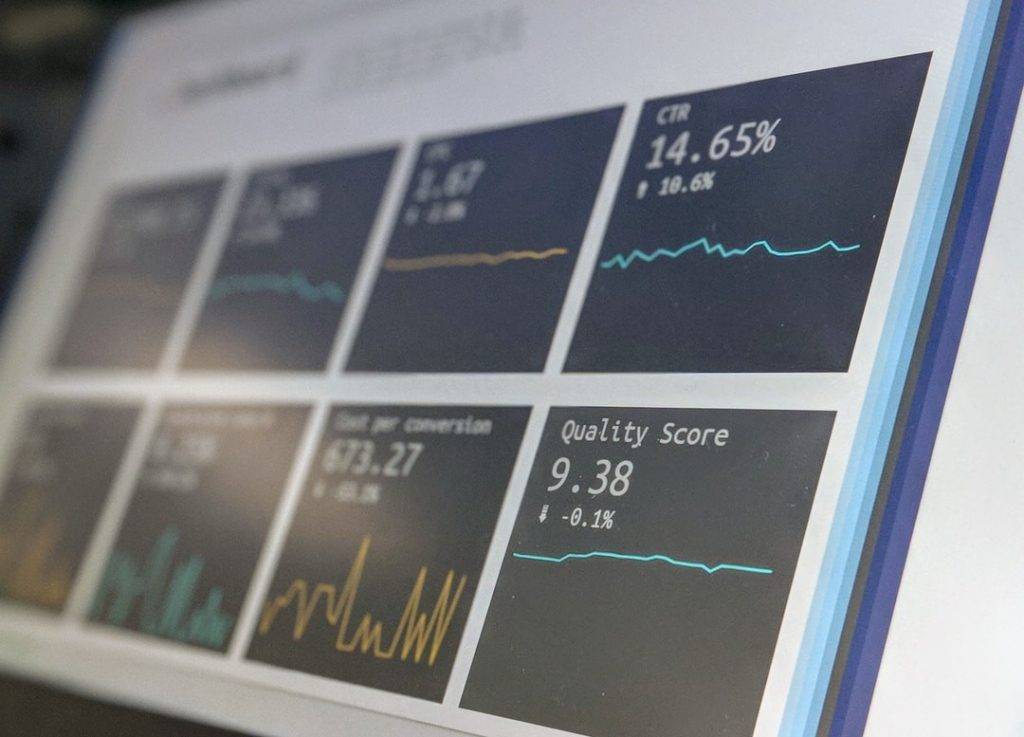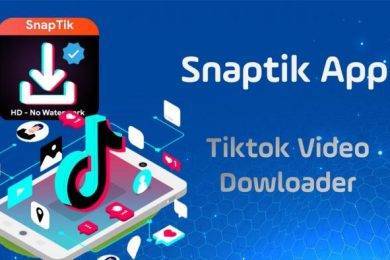Businesses of all sizes are recognizing the importance of taking their data sources and transforming them into business solutions that forward a company’s progress. With recent developments in technology, businesses now have the capability to take even their largest data warehouse and make it available for real-time access and insight into this digital transformation. One of the technologies that are putting organizations of all sizes ahead is data fabric technology.
What is data fabric?
Data access in the 21st century is about not only new technology but the tremendous speed in making those insights become a reality. Data fabric is an end-to-end integration and management solution that takes on diverse data throughout an organization’s structure. Consisting of architecture, data management, and integration software, this enables companies to share data while offering a consistent user experience worldwide and in real time. Data fabric is designed to tackle complex data problems, regardless of the data types and platforms. This technology enables frictionless access and data sharing in a distributed data environment.
A data fabric is essentially an operational layer that not only brings all information together but transforms it and processes it with the help of machine learning. This allows organizations of any size to discover patterns and insights they may not have seen before in previous scenarios. Without a data fabric, all of this has to happen in each individual application, which is not a very sustainable solution. Data fabric technology is effectively the great unifier, a file system that prepares data to meet the needs of artificial intelligence and machine learning automatically and at sustainable levels.
Why use a data fabric?

The right data fabric solution helps business users overcome hurdles, whether it’s time to turn around information or just spanning through data silos across different software types. Data needs to be accessible to users who need it, not locked away behind firewalls. However, it needs to be secure. A data fabric provides this protection and availability. Traditional data integration is not enough for businesses because of the need for real-time connectivity and universal transformations. This crucial part of the data management process delivers the comprehensive view customers and partners deserve.
All organizations are connected to the internet, and all platforms have become sources of data. Data fabric technology seeks to offer a timely method to tackle structured and unstructured data, both on-premises and in cloud storage, making for easier sharing. This starts from the ingestion of new information to the exponential growth of all databases into points of access. If companies want to operationalize their source data, that information needs to be collected, transformed, and processed. Lack of comprehensive data accesses and use results in a poor return on investment in data infrastructure, reducing productivity.
Implementing Data Fabric

Data fabric begins with online transaction processing concepts. This allows for detailed information about transactions throughout a supply chain, creating structured and cleaned data in silos at a center for further usage. Any data user can take raw information and derive insight from multiple findings, helping organizations leverage their data to grow, adapt, and improve. Successful implementation of data fabric technology requires the necessary infrastructure for acquiring this information, including the development of apps and graphical user interfaces for the customer to interact with a company.
Creating the necessary ecosystem for gathering, managing, and storing data sources, a data fabric solution takes care of the management side of information, making for uncompromised data and timely data to garner insights. Proper security and structured data management allow for scalability and efficiency amongst businesses of any size. This comes with the knowledge that there is a reliability of the information within a database. This real-time access takes companies from any size to the next level.
I am Jones Smith and I am here to share my experience and expertise in writing. I’ve been writing articles for different publications for more than 6 years. I have a varied range of interests and that’s why I love blogging about different topics. In my opinion, blogging is a lot like acting, and I consider writing blog posts as an acting job. I am an entrepreneur by heart and there is nothing big or small when it comes to starting a business.











